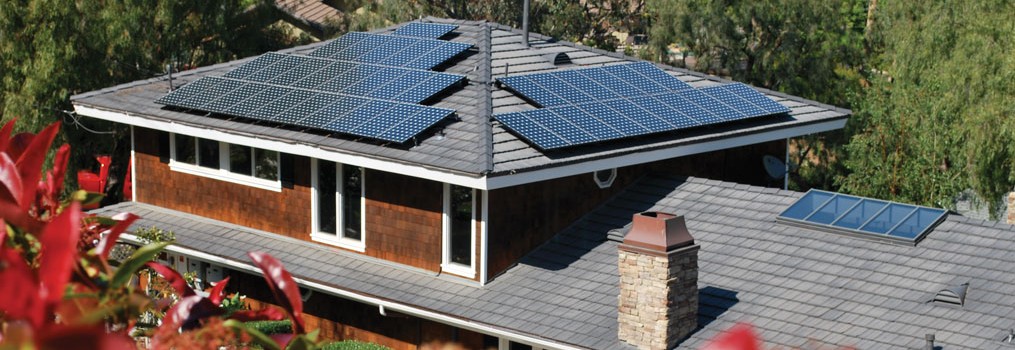Written by Chad Becker
The electric utility business is a monopolistic one since there is usually only one provider within each regional market, but government bodies heavily regulate them to protect consumers. These monopolies are on the offensive to protect their territory as alternative energy companies rise to power. Currently, all eyes are on a conflict between an Arizona electric utility provider and proponents of solar energy.
Arizona Public Service (APS), Arizona’s largest utility company, is attacking support for solar net-metering by filing a proposal with the Arizona Corporate Commission (ACC) that would provide homeowners with two crediting options: net-metering and bill credit. Net-metering is the process by which solar panel owners are credited for the surplus energy they generate and send back to the grid. The solar owners can use these credits when their panels are not generating enough electricity to power their homes, like at night. Bill credit is when the electric company pays solar owners for their surplus energy, and they can use these funds to pay for their electricity usage at times when their panels are not generating enough power. APS is trying to change some of the net-metering policies with this filing.
The problem solar owners have with APS’s proposal is that it would decrease the rate that owners receive for their excess energy from about 16 cents/kW-hr. to between 6 and 10 cents/kW-hr. Also, net-meter solar owners would have to pay a fee to use the electric grid. Electric bill savings would decline from 50% to between 30% and 40%.
Recently, two accusatory advertisements have bolstered APS’s attack. APS’s involvement in the advertisements is suspect. Collectively, the ads claim that the current net-metering policy favors solar owners and out-of-state billionaires and that solar owners are paid five times the electric rate for providing power to the grid. They fail to mention the thousands of jobs that solar companies have created, the averted transmission line and generation plant costs from people going solar, and the cleaner air that results from solar’s prospering.
The solar industry needs the incentives already in place to compete with monopolistic utility companies, and it is the responsibility of government bodies to protect this competition’s existence. Situations like the one in Arizona are establishing precedence for solar conflicts. The future of solar is being written as we speak.
Be a part of this future by purchasing your own solar system from Swan Solar. Visit our website for more information, and please consider a free solar consultation and evaluation of your home.
Content derived from “Fight Against Solar Net Metering in Arizona Gets Controversial Support” by Chris Meehan.
